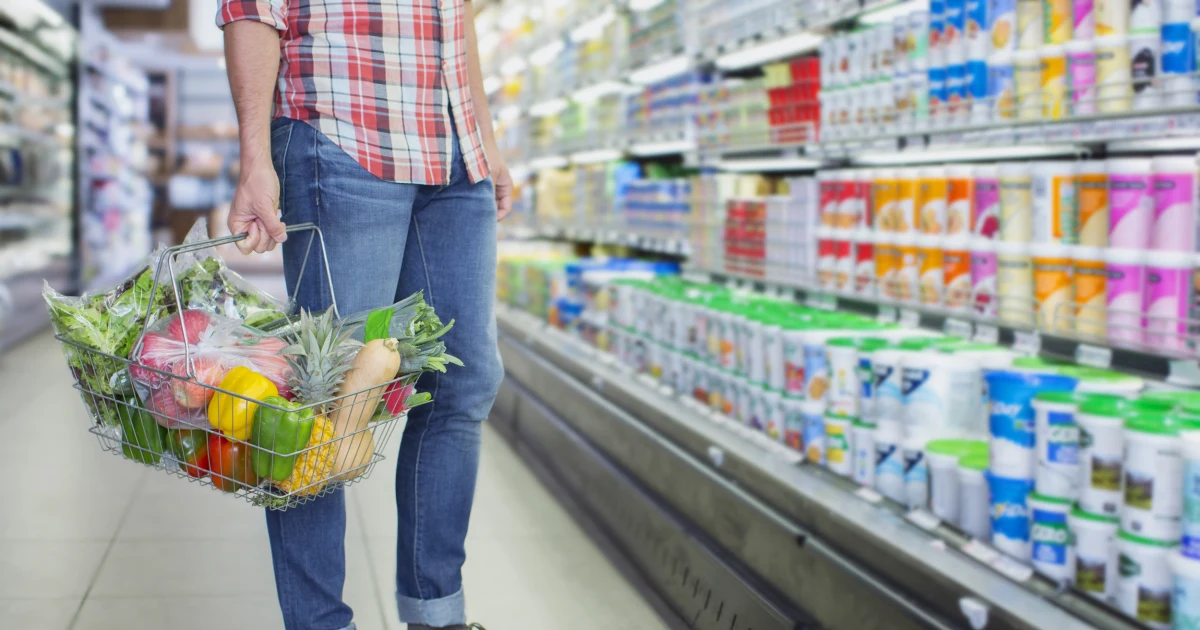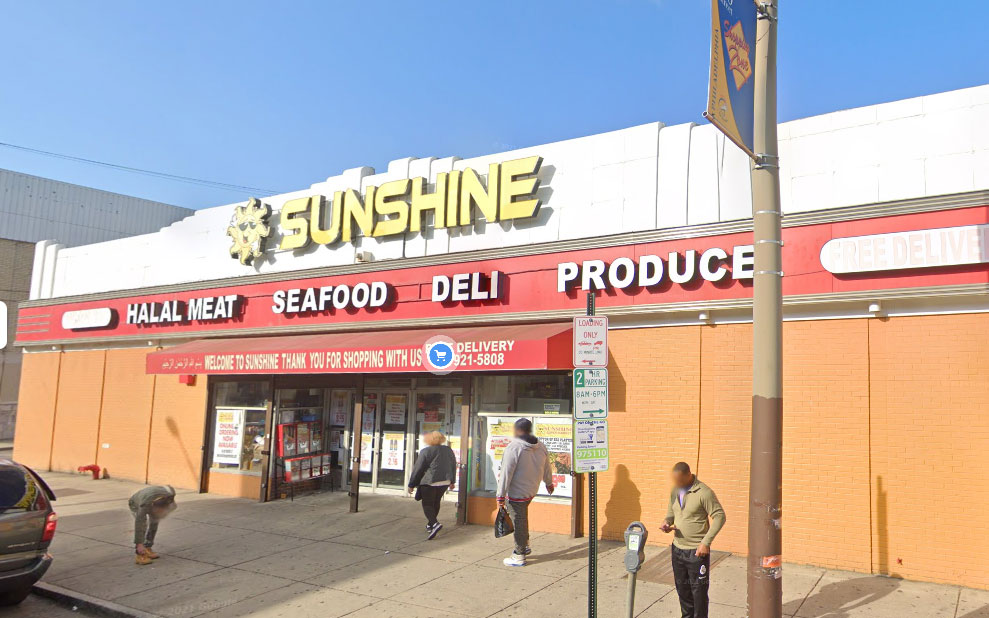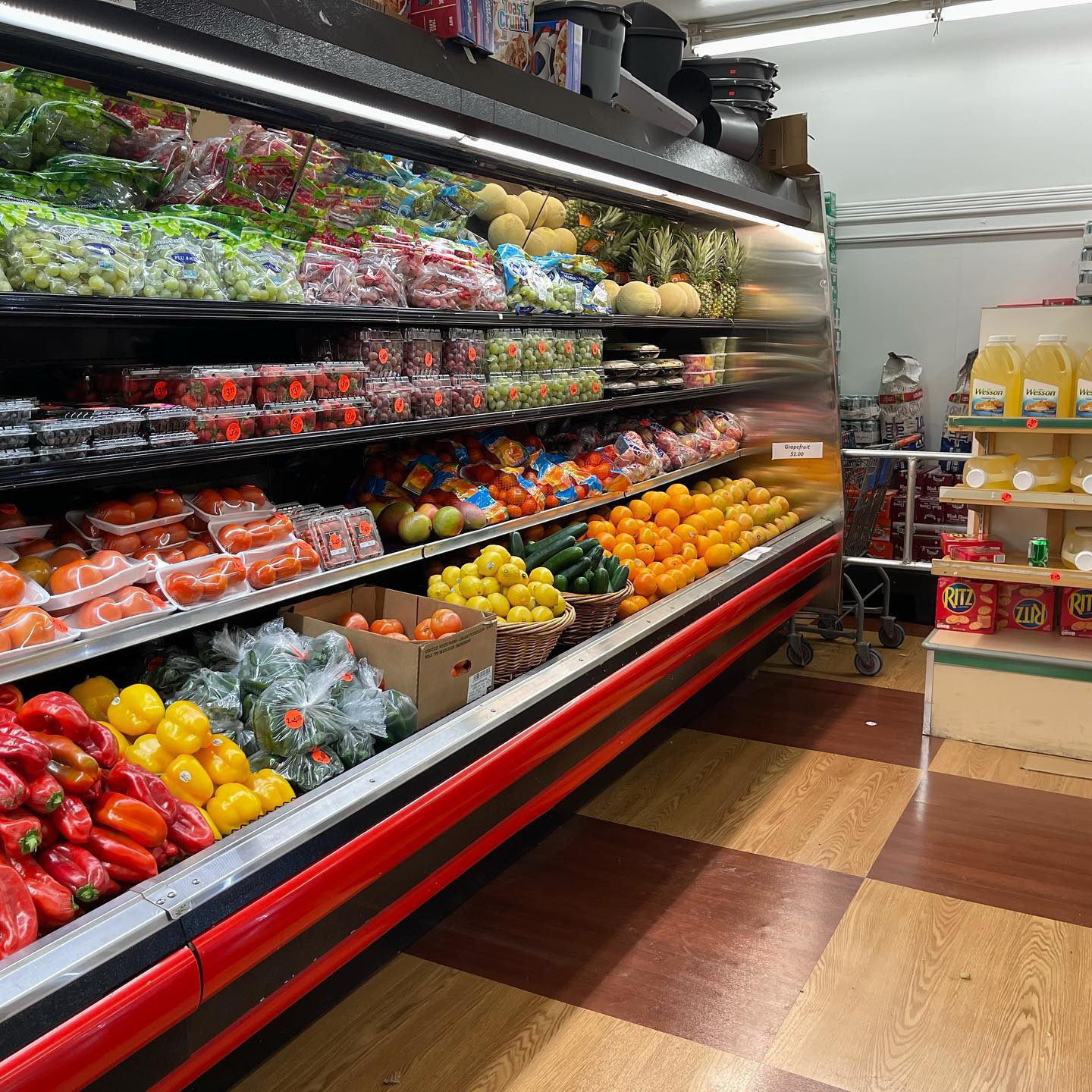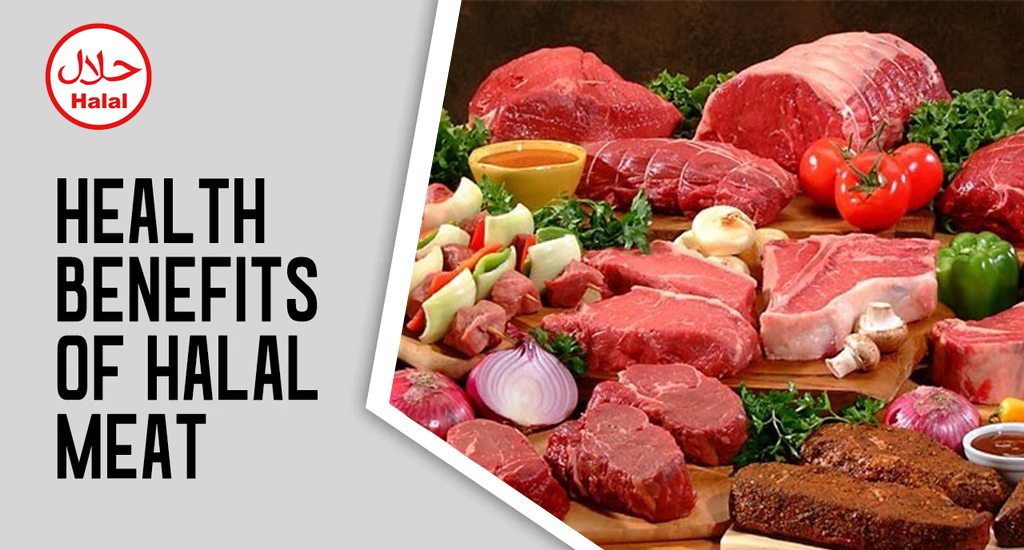Finding fresh produce isn’t just about taste—it’s about getting the most nutrients in every bite. Whether you’re eyeing vibrant fruits or crisp vegetables, knowing what to look for saves money, avoids waste, and ensures quality. This guide will show you simple ways to pick the freshest options so you can shop with confidence and never settle for less.
Understanding Fresh Produce
When you’re shopping for produce, freshness is everything. It’s the secret to better flavor, texture, and nutrients. But what does “fresh” mean, and why is it so important? Let’s break it down and see how you can make smarter choices at the store.
Defining Freshness
Freshness isn’t just a buzzword; it’s tied directly to how and when your produce is harvested, how it’s transported, and whether it’s in season. These factors decide how flavorful and nutritious your fruits and vegetables will be.
- Origin Matters: Produce grown closer to home has less distance to travel. This means faster delivery from the farm to your grocery shelf, keeping items in peak condition. Local markets are often the best source for truly fresh items.
- Travel Time Impacts Quality: Long-haul shipping can reduce freshness. Produce is often picked before it ripens to withstand time in transit, which can lower its flavor. When possible, choose items labeled as “locally grown.” Shorter travel means better taste.
- Seasonality Equals Freshness: Fruits and vegetables in season are naturally fresher because they haven’t been stored for long periods. Plus, they’re often harvested at their peak. Use seasonal food guides to check what’s fresh in your area. Eating seasonally also supports sustainability and reduces costs.
Think of freshness as the journey your produce takes from the field to your cart. The shorter and smoother the trip, the fresher it will be.
 Photo by Pixabay
Photo by Pixabay
Health Benefits of Fresh Produce
Fresh produce is more than just a treat for your taste buds—it’s packed with nutrients your body craves. Compared to older stock or processed options, fresh fruits and vegetables are a nutritional powerhouse.
- Maximized Nutrients: Freshly picked produce contains higher levels of vitamins, antioxidants, and minerals. As time passes after harvest, these nutrients begin to decline—especially vitamin C, which is sensitive to light and air.
- Better Digestion: Crisp, fresh veggies are loaded with dietary fiber that keeps your digestion smooth and steady. Fiber also helps you feel fuller longer, making it easier to eat healthy.
- Stronger Immunity: Nutrient-dense fruits and vegetables have a direct impact on your immune health. They help combat inflammation and reduce the risk of chronic diseases like heart disease and diabetes.
- Fewer Preservatives: Unlike canned or packaged produce, fresh fruits and vegetables don’t need additives or preservatives to maintain their appeal. By sticking to fresh pickings, you skip unnecessary chemicals.
When you choose fresh, you’re giving your body the best tools to thrive. Nutrient-rich produce isn’t just healthy—it’s a step toward a more balanced, energetic lifestyle.
Visual Indicators of Fresh Produce
Fresh produce doesn’t just taste better—it looks better, too. Knowing what to watch for visually can be the difference between buying top quality fruits and vegetables or ending up with items that spoil quickly. Let’s break it down into key visual cues that will help you make the best choices.
Color and Brightness
A vibrant, consistent color is one of the easiest ways to spot freshness. When fruits and vegetables are at their peak, their colors tend to be more vivid and appealing. Dull, faded hues may mean the item is past its prime or not fully ripened.
- Bright greens in leafy vegetables like spinach or kale show that they’re fresh, while yellowing edges mean aging.
- Deep reds in tomatoes or strawberries indicate ripeness, whereas pale or patchy spots suggest they’re less flavorful.
- Vivid yellows or oranges in bell peppers or citrus fruits often mean they’ve reached their optimal sweetness.
Look for exciting colors that seem to “pop” off the shelf—they’re nature’s signal of ripeness and quality.
 Photo by Elle Hughes
Photo by Elle Hughes
Texture and Firmness
Your sense of touch is just as important as what your eyes see. The texture and firmness of produce can reveal its freshness in seconds.
- Feel fruits for a slight give without being mushy. For example, a ripe peach will be soft but still hold its shape.
- Leafy greens should feel crisp, not limp or rubbery.
- Thick-skinned vegetables like cucumbers or bell peppers should feel firm and heavy, which signals high water content and freshness.
Avoid anything squishy, excessively hard, or with sagging skin. Smooth, elastic textures typically suggest freshness, while rough or overly soft spots can alert you to spoilage.
Surface Condition
Examine the surface layer of your produce carefully. Even the smallest blemish can signal aging or poor quality.
- No wrinkles: Smooth, tight skin is a good sign of moisture and freshness, especially in items like apples, peaches, or tomatoes. Wrinkles typically mean dehydration and aging.
- Watch for bruises: Visible spots or dark patches can signal damage or decay.
- Skip shriveled items: Whether it’s a shriveled carrot or sagging lettuce leaves, these signs mean water loss and declining freshness.
Remember, the surface of your produce is like a mirror reflecting its inner quality. Choose items free from blemishes, cracks, or wilting.
Smell as an Indicator
Your sense of smell is one of the most reliable ways to judge the freshness of produce. Fresh fruits and vegetables often radiate a natural aroma, while spoiled items may carry unpleasant odors. A quick sniff can reveal a lot about what you’re buying.
Fragrance and Ripeness
Fresh produce tends to have a pleasant, natural scent that hints at its quality. Many fruits, especially those with high sugar content, release their sweet aroma when perfectly ripe. For example:
- Melons like cantaloupe or honeydew often smell sweet at the stem end when they’re ready to eat.
- Tropical fruits like pineapples release a strong, fruity fragrance that signals ripeness.
- Fresh herbs such as basil or cilantro will have a robust, earthy smell when they’re at their prime.
If an item smells appealing and true to its type, it’s usually a good sign of freshness. However, if there’s little to no scent, it might not be ripe or could be past its prime.
 Photo by SHVETS production
Photo by SHVETS production
Off-Odors to Avoid
Certain smells are clear indicators of spoilage or poor quality. When you’re shopping for produce, trust your nose to guide you away from questionable items. Here’s what to avoid:
- A sour or fermented odor often means the produce is overripe and starting to spoil. This is common in citrus fruits, berries, and tomatoes.
- Moldy smells, especially in fruits like strawberries or grapes, signal decay.
- In vegetables like broccoli or cabbage, a strong sulfur-like odor can indicate that they are no longer fresh.
- If you catch a waxy or chemical smell on your produce, this could signify excessive storage treatments or old age.
Anything that smells off or unpleasant isn’t worth buying. Spoiled produce doesn’t just taste bad; it could also pose health risks. By carefully sniffing your items before purchasing, you avoid unnecessary waste and disappointment.
Choosing Fresh Produce at the Store
Knowing how to choose fresh produce is a skill that ensures you’re bringing home the best flavors and nutrients. Whether you’re shopping for a crisp apple or a bunch of leafy greens, a few key strategies can help you make better decisions. Let’s dive into the techniques that will guarantee fresher produce every time you shop.
Shopping Strategies
Timing and sourcing can make a big difference when shopping for fresh produce. Here are some strategies to consider:
- Visit During Peak Hours: Produce is typically restocked early in the morning or late at night. Shopping shortly after restocking ensures you get the freshest items.
- Know What’s In Season: Seasonal produce isn’t just fresher—it’s often cheaper and better for the environment. Research local seasonal food charts to plan your purchases accordingly.
- Support Local Growers: Local fruits and vegetables travel shorter distances, staying fresh longer. Farmers’ markets are a great option for freshly picked, high-quality items.
By paying attention to these details, you can easily spot fresher and more flavorful options.
 Photo by Tima Miroshnichenko
Photo by Tima Miroshnichenko
Using Your Senses Effectively
Your senses are your best tools for finding the freshest produce. Here’s how to use them effectively:
- Sight: Look for vibrant, consistent colors and avoid items with dull hues or discoloration. Inspect for bruises or blemishes, which are signs of aging or damage.
- Touch: Fresh produce often feels firm and has a natural elasticity. Gently press fruits like peaches or avocados to ensure they’re ripe but not mushy. For leafy greens, opt for crispness over softness.
- Smell: Fresh fruits should smell naturally fragrant, while vegetables often have an earthy aroma. Avoid items with sour, fermented, or off-putting smells.
Think of your senses as built-in quality detectors—they can save you from buying subpar produce.
Ask Questions
Never hesitate to ask store staff about the produce. They’re a valuable resource and can help you make better choices.
- Inquire About Delivery Schedules: Ask when fresh produce arrives at the store. Knowing delivery days can help you shop when the stock is freshest.
- Understand Storage Practices: Some stores have different storage methods that can impact the quality of their fruits and vegetables.
- Seek Recommendations: Employees often know which items are at their peak and can point you to the freshest picks.
Asking questions not only ensures you get better produce, but it also builds your confidence as a savvy shopper.
Storing Fresh Produce
Once you’ve picked the freshest produce, proper storage is essential to preserve its quality. Storing your fruits and vegetables the right way not only keeps them fresher longer but also reduces food waste and saves money. Here’s how you can maximize their shelf life.
Refrigeration Tips
Some produce thrives in cold temperatures, but not all items belong in the fridge. Knowing which produce to refrigerate can make a big difference.
- Refrigerate These Items: Soft fruits like berries (strawberries, blueberries, raspberries) stay fresh longer when kept cold. Vegetables like broccoli, cauliflower, and leafy greens such as kale and spinach should also go in the fridge to retain their crispness. Use the crisper drawer if possible.
- How to Refrigerate Properly: Wrap leafy greens in a dry paper towel and store them in perforated bags to maintain moisture balance. Berries should be rinsed just before eating to prevent mold growth. Avoid sealing tightly; air circulation helps prevent spoilage.
- Temperature Tip: Your refrigerator should be set to about 40°F (4°C) to maintain freshness. If it’s too cold, leafy greens can freeze, while warmer spots reduce freshness faster.
Counter vs. Fridge
Not all produce should go straight into the fridge. Some actually do better in cool spots on the counter.
- Keep on the Counter: Items like bananas, tomatoes, potatoes, onions, and garlic thrive at room temperature. Refrigeration can impact their ripening process or alter textures—for example, tomatoes can become mealy in the fridge.
- Ripen Before Refrigerating: Fruits like avocados, peaches, and pears should ripen fully on the counter. Once ripe, transfer them to the fridge to extend freshness for a few extra days.
- Avoid These Pairings: Store potatoes and onions separately. Together, they release gases that can speed up spoilage. Similarly, keep bananas away from other ripe fruits to avoid ethylene gas-triggered over-ripening.
 Photo by Michael Burrows
Photo by Michael Burrows
Preventing Spoilage
Spoilage can sneak up on you quickly, but a few simple techniques can help your produce stay fresher for longer.
- Separate Ethylene Producers: Apples, bananas, and peaches release ethylene gas, which accelerates ripening. Store them away from fruits and vegetables that are sensitive to ethylene, such as lettuce, carrots, or cucumbers.
- Use Storage Hacks:
- Wrap celery in aluminum foil to lock in moisture while still letting gases escape.
- Store herbs like parsley or cilantro upright in a jar with water, similar to fresh flowers. Cover the tops with a plastic bag for extended life.
- Use mesh or perforated bags for items needing air circulation, such as mushrooms.
- Avoid Pre-Washing: While it may be tempting to wash everything immediately, moisture left from washing can encourage mold formation. Wash just before consuming.
Proper storage is key to keeping your produce vibrant, flavorful, and nutrient-packed. With these tips, you’ll enjoy your fruits and vegetables to the fullest while cutting down on waste.
Conclusion
Spotting fresh produce is all about using your senses, timing your shopping trips, and understanding seasonal cycles. By focusing on color, texture, and aroma, you can consistently choose the best fruits and vegetables. Apply these simple tips every time you shop, and you’ll enjoy better flavors, longer shelf life, and improved nutrition.
Next time you’re at the store, trust your instincts and give your produce a closer look. Share your favorite tips in the comments or pass them along to help others shop smarter!







